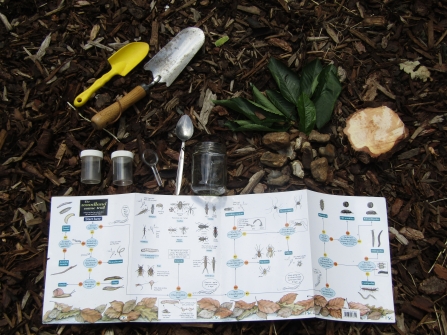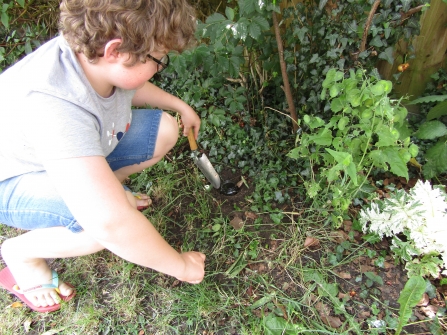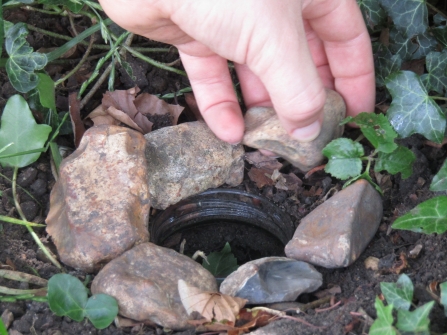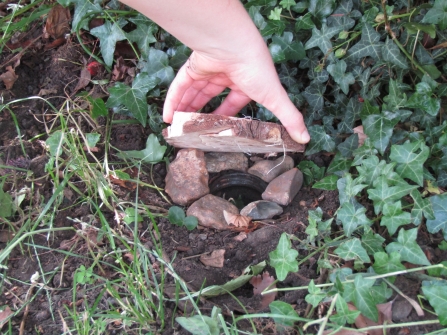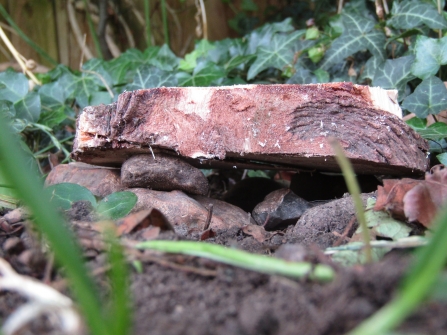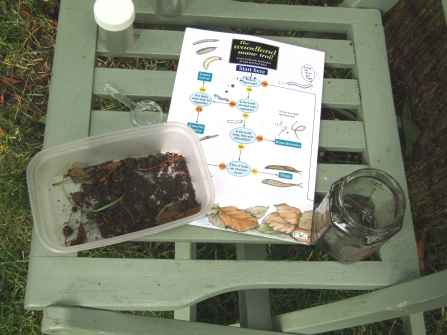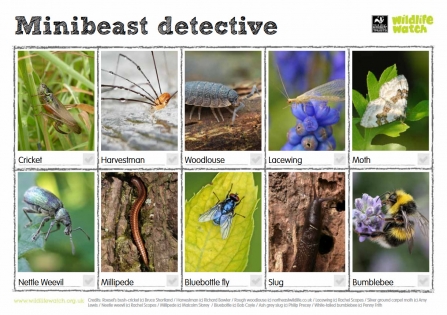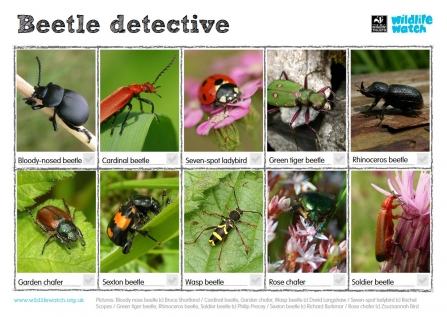Would you like to know what lives at the bottom of your garden? There are probably all sorts of little creatures moving around on the ground that you have never noticed!
A pitfall trap is a pit below ground level for catching small animals like insects, amphibians and reptiles (if you’re lucky, and use a big enough pot!). The animals that enter the trap are unable to get out because the sides are too steep, meaning that you can get a look at them! The traps are harmless as long as you remember to check them the next day and release the creatures.


